On a recent trip to Peru, where I learned everything there is to know about pisco, I was also able to take part in some wonderful opportunities.
From witnessing the spiritual and serene beauty of Machu Picchu
and befriending its many llama inhabitants,
to sand boarding and dune buggying
through the Huacachina Sand Dunes,
and boating through Islas Ballestas,
observing its sea lions,
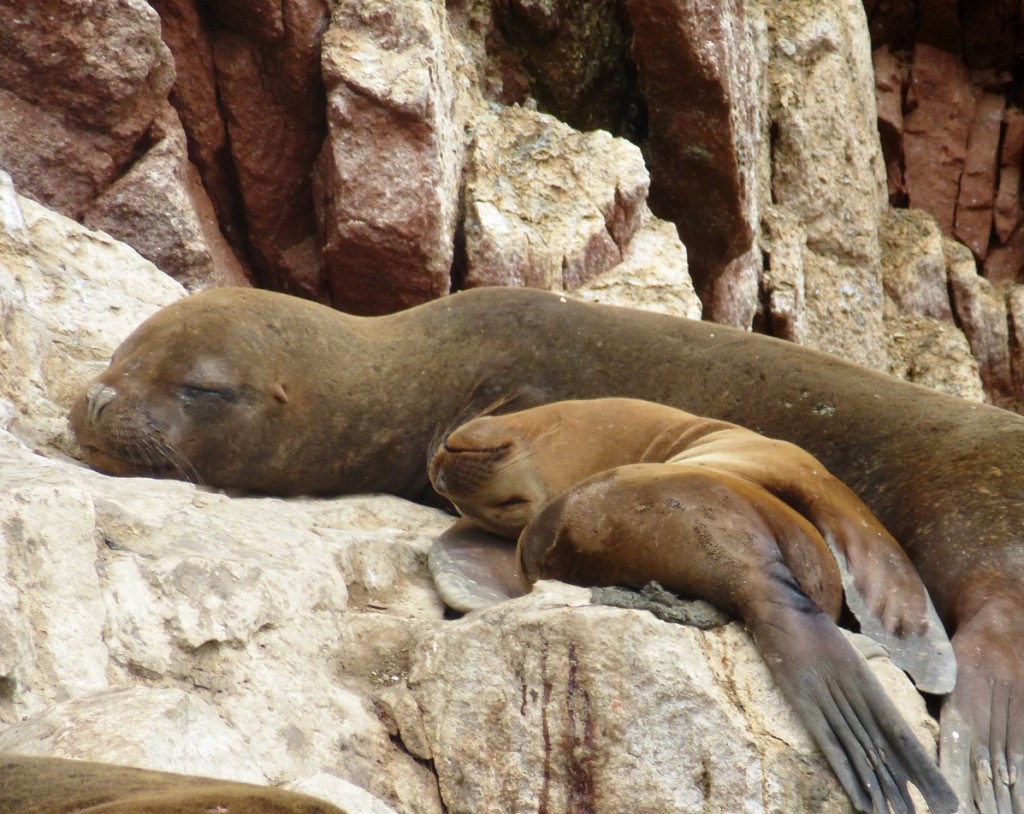
its rock formations and birds,
the port of Pisco,
and the Candelabra.
Another fantastic experience came with a visit to Mistura 2015, touted as the largest food festival in Latin America. The week-long event brings in hundreds of thousands of visitors, all there to enjoy the diversity of Peruvian cuisine.
Mistura 2015 – Latin America’s Largest Food Festival
Mistura proved to be a crash course in native Peruvian fare, with dozens of booths devoted to different realms — from baked goods and chocolates, to local produce, prepared cuisine of all styles, and of course, pisco.
Being led around the festival by the international man of mystery, Johnny Schuler, made for an entirely unique afternoon.
Schuler, the master distiller of Pisco Porton, is also the host of a weekly television show in Peru, Por Las Rutas del Pisco, and had his television crew there filming during Mistura.
In a crowded festival environment such as this, it quickly becomes evident just how much of a celebrity Schuler is in Peru. Constantly stopped for photos — many of which a certain Man Talk Food appears in with apparent fame by proximity — Schuler is as much mayor of the festival, or all of Lima for that matter, as he is personal guide. Be on the lookout for some very non-Spanish speaking American spirits writers to have a guest stint on Por Las Rutas del Pisco, and presumably, the riches and glory that come along with that distinction.
More important than that celebrity turn is the diverse collection of foods seen and tasted during the trek through Mistura…
Ceviche is as Peruvian as it gets, and was developed as a simple way for a fisherman to eat his catch on the go. As long as he had a lime and maybe a pepper or onion, he could catch, “cook” and enjoy a delicious meal at anytime. At Mistura, El Kapallaq Restaurant offered a Ceviche Norteño. Here, a spicy, simple ceviche was prepared with grouper. It’s straight and to the point — lime, red onion, some spicy pepper — and amazingly fresh and flavorful. Big-kerneled Peruvian corn and hunks of sweet potato are included on the side.
Having seen a sign for “Queso Helado” – I became intrigued. Cheese ice cream? Some kind of cheesecake lost in translation? Actually it’s neither, but instead a freshly prepared, creamy frozen treat with a yellow-orange coloring due to the spices added in. It’s topped off with cinnamon, and can be mixed with a range of added flavors, even including, yes, pisco.
Want to know what a Peruvian French Dip would look like? Take this delicious, hearty concoction from El Garage, made with a particular type of stew typically only eaten for breakfast. Here though, they ladle it into a pork sandwich making for a hearty meal at any time of the day, and one of the best bites of the afternoon.
Moving onto Peruvian produce, a few choice encounters included (clockwise from top left, below):
- Churimayo: Similar to a creamier, softer-textured coconut meat, with large black seeds in the fruit flesh.
- Granadilla: A Peruvian citrus, which when broken up reveals an enclosed sack of seeds which look like it could be a sack of spider eggs, offering a tasty, if confusing, bite.
- Amazonian Pineapples: Red, oblong pineapples grown in the jungle.
- Camu Camu: Grown in the jungle, camu camu look like cherries. Touted as a new super fruit, with 100% more vitamin C than limes, they’re also made into a light pink lemonade style refreshment.
Another staple to know is the rocoto pepper, which is omnipresent in Peru and looks like a little red cherry bomb. They’re chopped and used to produce both a spicy salsa, as well as a sauce, either of which can be condiments for anything from bread to meat or fish.
A few other dishes to note include Arroz con Pato, a popular duck risotto, as well as Paiche, also called pirarucu, a massive Amazonian river fish which after being over-fished is now cultivated and prized for its tasty white meat. Lomo Saltado is a hearty sauteed beef dished served with french fries, and then there’s Chifa cuisine, which is a hybrid of Peruvian and Chinese influences and ingredients, including Chaufa, Peruvian fried rice.
The Peruvian Trifecta
Elsewhere in Peru, any visitor interested in achieving a perfect 3/3 score on the Peruvian Trifecta of Indigenous Eating Report Card must try Cuy, which you may know as guinea pig, Alpaca, and Beef Anticuchos, grilled beef hearts.
While many visitors fear seeing a full skewered guinea pig, teeth and claws on their plate, in this case, it was prepared with the foreigner in mind, portioned and fried. It looked and tasted a bit like fried chicken leg.
Alpaca is available in various forms. One, is as an alpaca burger. If you weren’t told, you wouldn’t have known what it was, it tasted a bit like a well done turkey burger, drier than a regular hamburger. Another less expected alpaca variety I sampled was alpaca charcuterie, both in salami and smoked ham form. Paired with Andean cheese, and of course, plenty of pisco, it made for a delicious meal.
The beef anticuchos were as could be expected, densely flavorful and heavy on mineral, with a softer texture than an actual cut of beef (apologies for horrendous photography…).
Malabar
Elsewhere, the group also ate at Malabar, touted as one of Lima’s best restaurants, and one of the most renowned in South America. Malabar aims to bring Amazonian ingredients and dishes to modern, high-end dining in the city. They offer artfully presented, complex fare, often layered with surprises.
Pisco Sours
Needless to say, Pisco Sours were consumed. All the Pisco Sours.
Cooking Class at the JW Marriott in Cusco
During my stay in beautiful Cusco, a necessary stopping point en route to Machu Picchu with a lung-burning 11,000-ft. elevation,
I embarked on a journey to morph from Man Talk Food to Man Cook Food. To do so, I took to the kitchen at the JW Marriott in Cusco, a beautiful hotel which has been built around a 16th century convent and is situated in the heart of the city. They offer guests a cooking course for $80 per person, and you get to try your hand at preparing several classic Peruvian dishes, as well as learning the art of making a Pisco Sour — stay tuned for a separate story there.
During my visit, Alvaro Escobar, a server and bartender from the hotel, played the part of instructor and host extraordinaire. He showcased the finer points of making their house Pisco Sours, while offering instruction on everything from the history and politics of Peru, to other aspects of Peruvian drinking. Topics here ranged from their 20 house-made macerados, which they marinate in 1-gallon jugs for 48 hours, to the full spectrum of popular Peruvian pisco cocktails, such as the Chilcano and Capitán — and stay tuned for another story there, as well.
Moving down to the kitchen, chef de partie Luis Sanchez graciously did his best to work with a pupil with modest kitchen capabilities. First up was a Peruvian Trout Ceviche. Most types of fish can be utilized, so it’s less about the trout and more about picking whatever is freshest.
The recipe calls for chopped trout, red onion, cilantro, Limo chili — which offers a spicy kick but some bell pepper sweetness with it — limes, and salt and pepper. As in the ceviche from Mistura, large kernel Peruvian corn and sweet potato are cooked and served cold on the side.
Peruvian limes are also distinctly different from what’s available stateside, and help to give Pisco Sours their classic flavor. Here, it’s essential to avoid utilizing the entire lime, lest it get too bitter. Only squeeze the lime partially, extracting the desired flavor. In a mixing bowl with all of the ingredients, a few ice cubes are added to keep everything at an appropriate chill. It’s simple, fresh, tasty and allows the ingredients to shine.
Next came Lomo Saltado, salted beef tenderloin. The dish was a poor man’s food made from whatever cuts and bits and pieces may have been left around, but now a superior cut, the tenderloin, is put to use.
Mix diced tenderloin cubes with cumin and salt, and then sautee over high heat with vegetable oil. Add onion and peppers, and then tomato and cilantro. Mix together, and add soy sauce and vinegar, along with a bit of butter and chicken stock. It’s here that things get saucy.
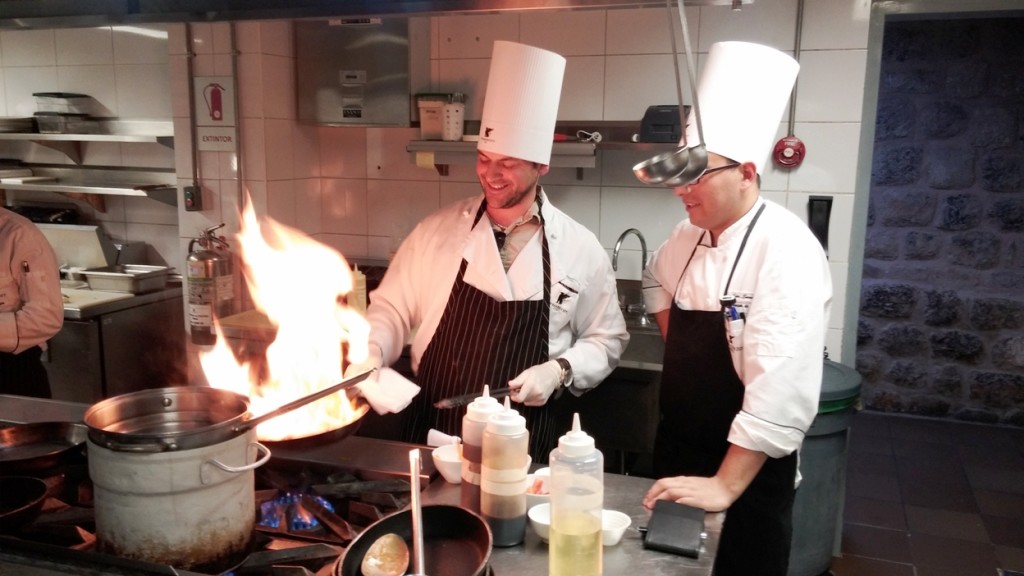 After that, it’s plated with thick cut fries, along with a side of rice and corn. Another quick, easy to make dish which produces tons of flavor from simple ingredients and technique.
After that, it’s plated with thick cut fries, along with a side of rice and corn. Another quick, easy to make dish which produces tons of flavor from simple ingredients and technique.
Next came a traditional Peruvian dessert, Suspiro, or Suspiro de Limeña, which translates into a Limean woman’s sigh. Only after making it did I recall that I had actually tried it, and loved it, at China Chilcano in Washington, D.C.
It’s a dulce de leche dessert, made simply from condensed milk and sugar, boiled for hours to produce the desired consistency and flavor. It’s piped into a glass, topped with two different types of meringue, as well as a sprig of mint and a piece of chocolate. It’s an addictive dessert, with different textures and flavors.
Guess which one was made by the professional, and which was made by the amateur…
After that sugary overload, the meal concluded with muña tea. Found only around the mountains of Cusco, muña is essentially a wild mint, and is actually supposed to be better for altitude sickness than coca leaves. It’s also caffeine free and good for digestion — smart after this massive meal — and has only grown in popularity in the last few years.
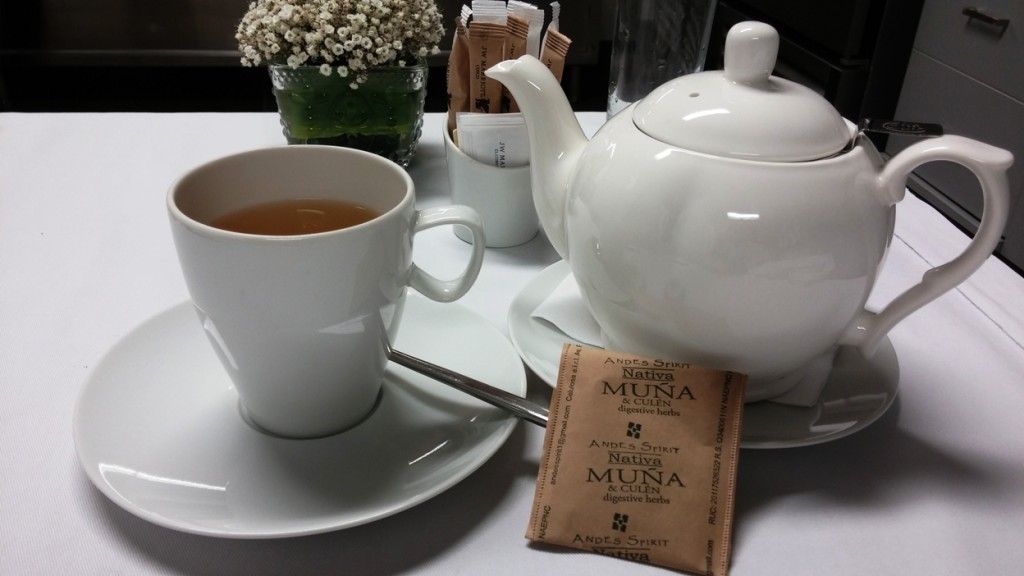 The cooking and cocktail class made from a wonderful culinary adventure, and a fitting close to a week spent eating and drinking exceedingly well. I’d certainly recommend it to anyone passing through Cusco who’s interesting in Peruvian food.
The cooking and cocktail class made from a wonderful culinary adventure, and a fitting close to a week spent eating and drinking exceedingly well. I’d certainly recommend it to anyone passing through Cusco who’s interesting in Peruvian food.
All of this and of course, it’s hardly scratching the surface of the food and drink a traveler will find in Peru, or doing justice to what I experienced through the duration of my time in Peru. As with any destination, it’s all about just getting there and trying it for yourself.


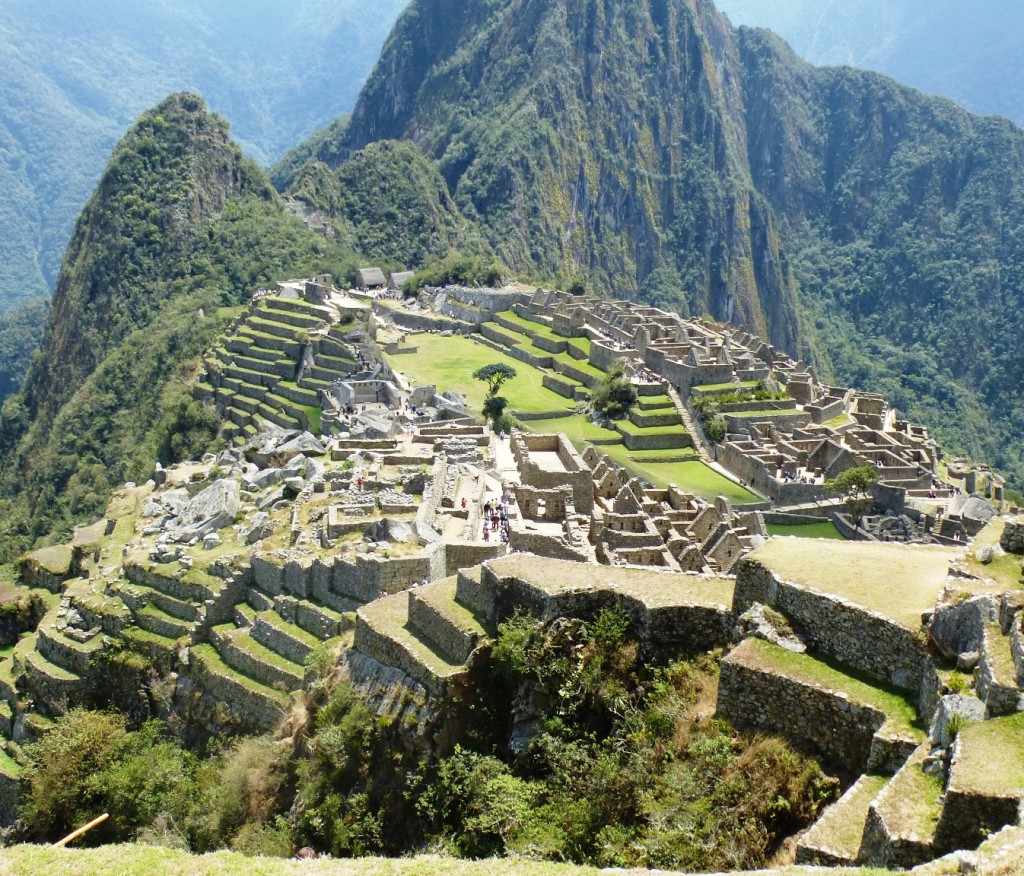
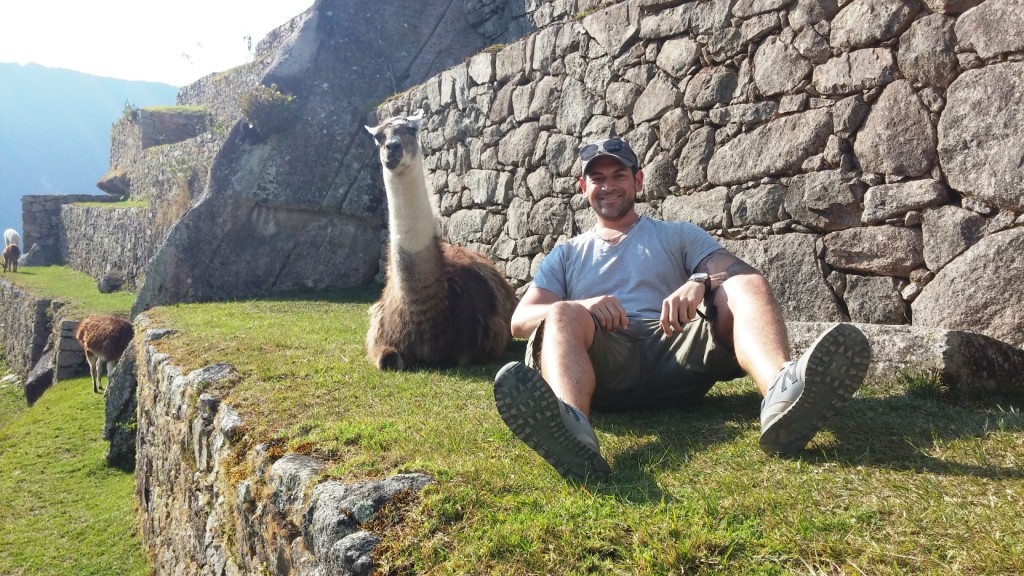
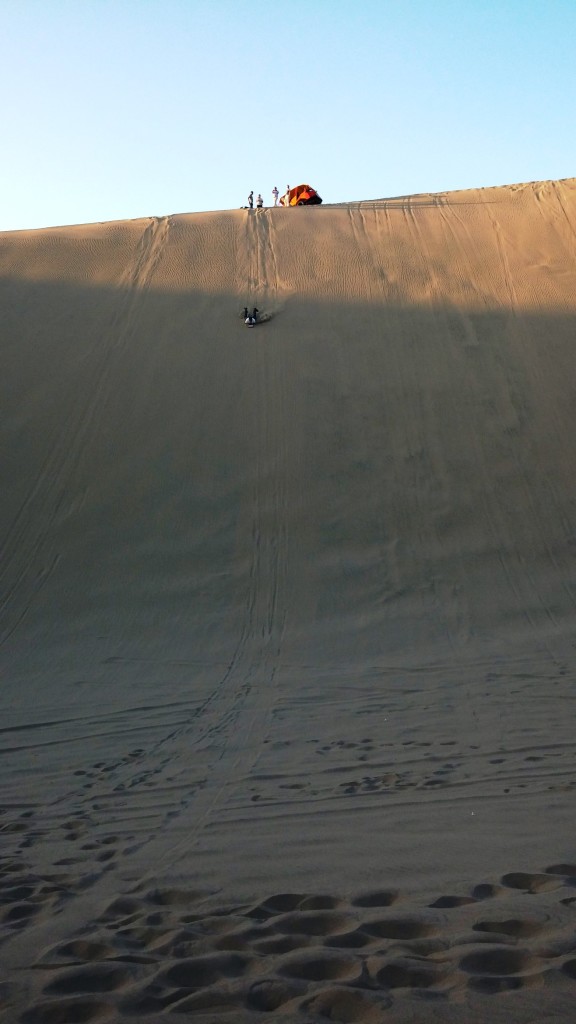
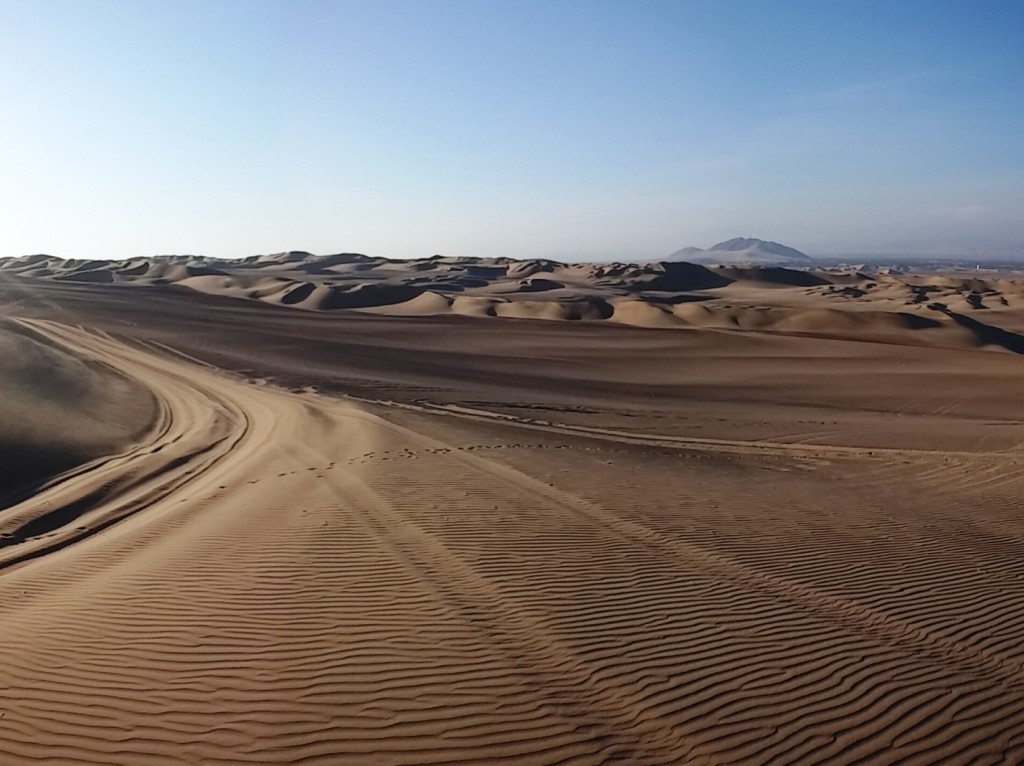

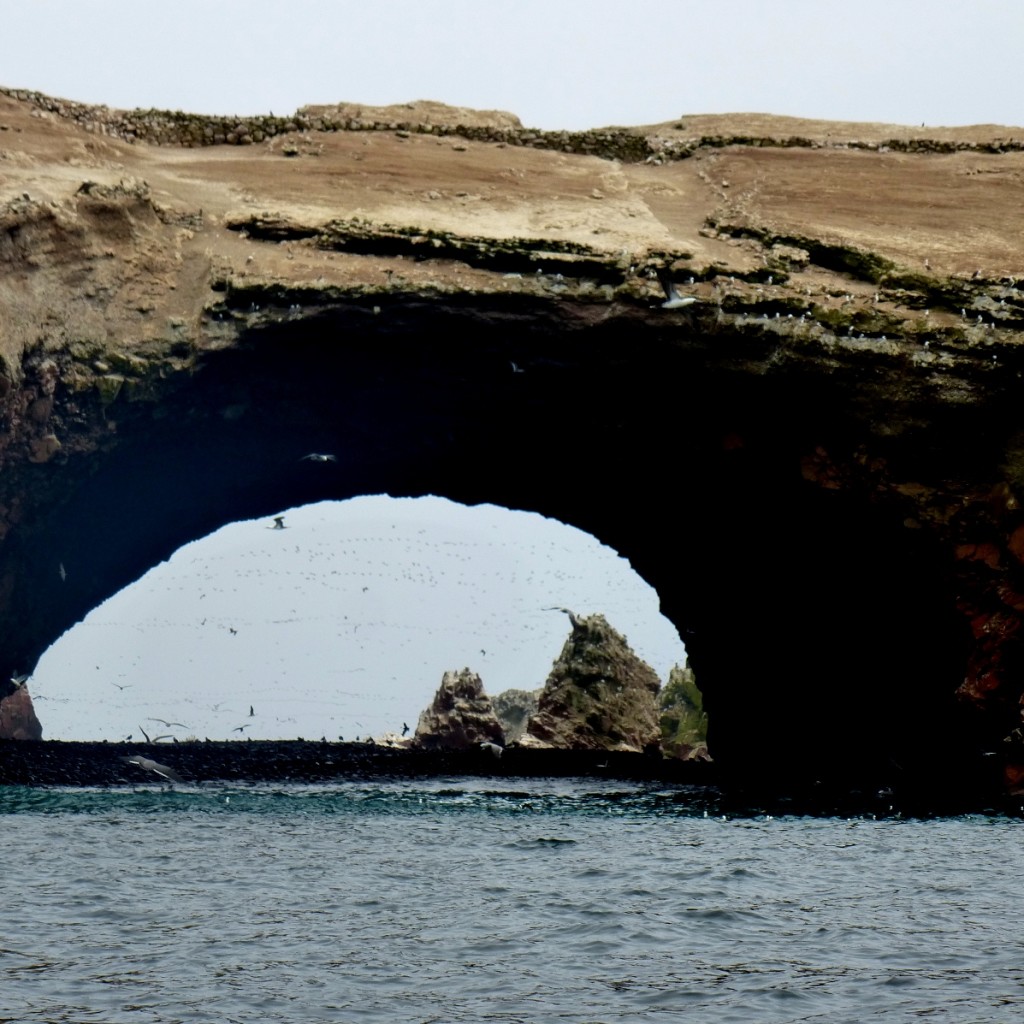



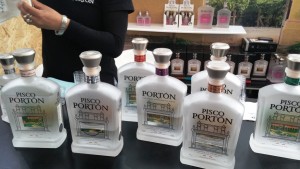
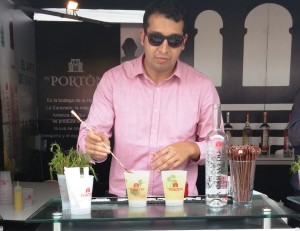
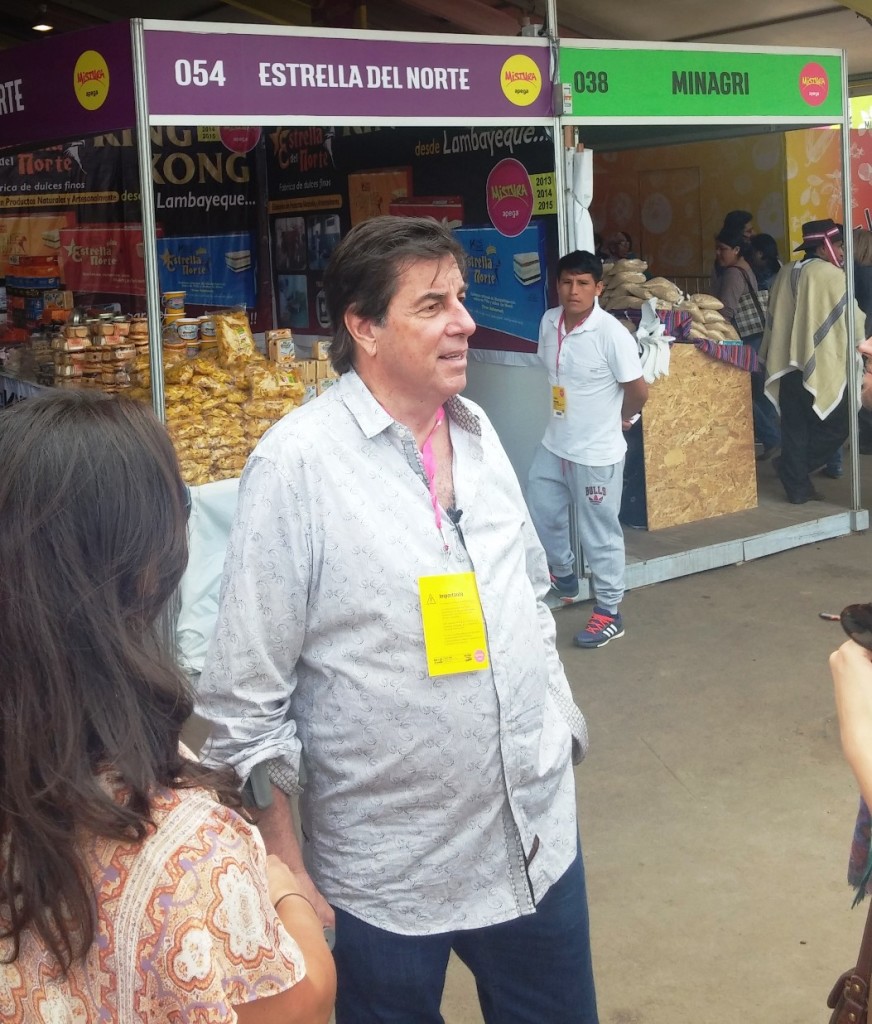



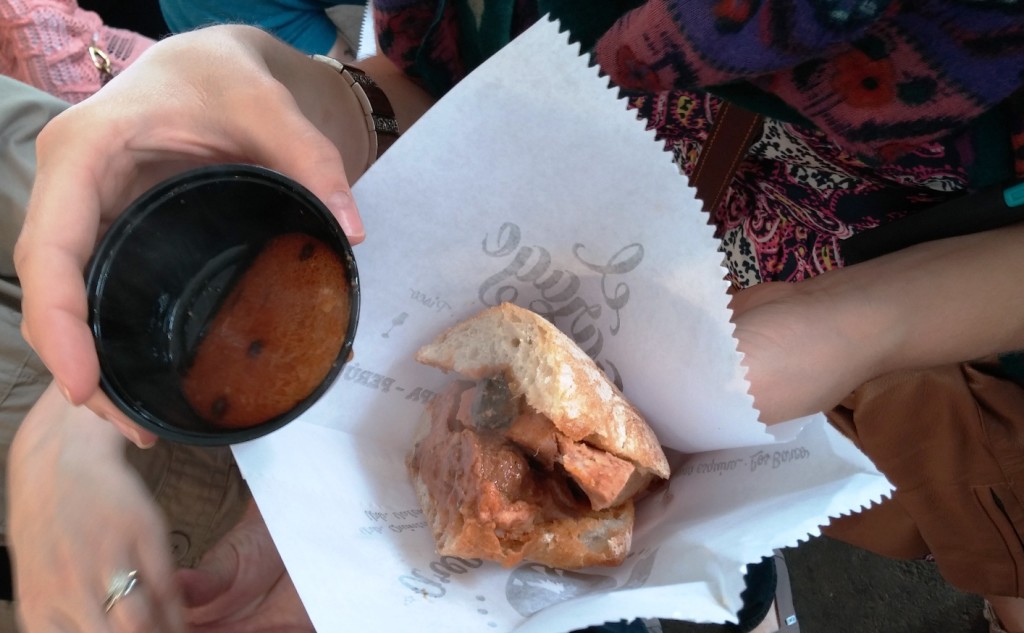

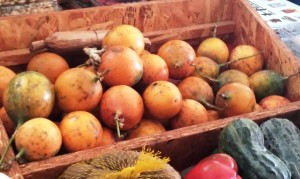

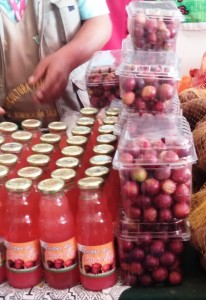
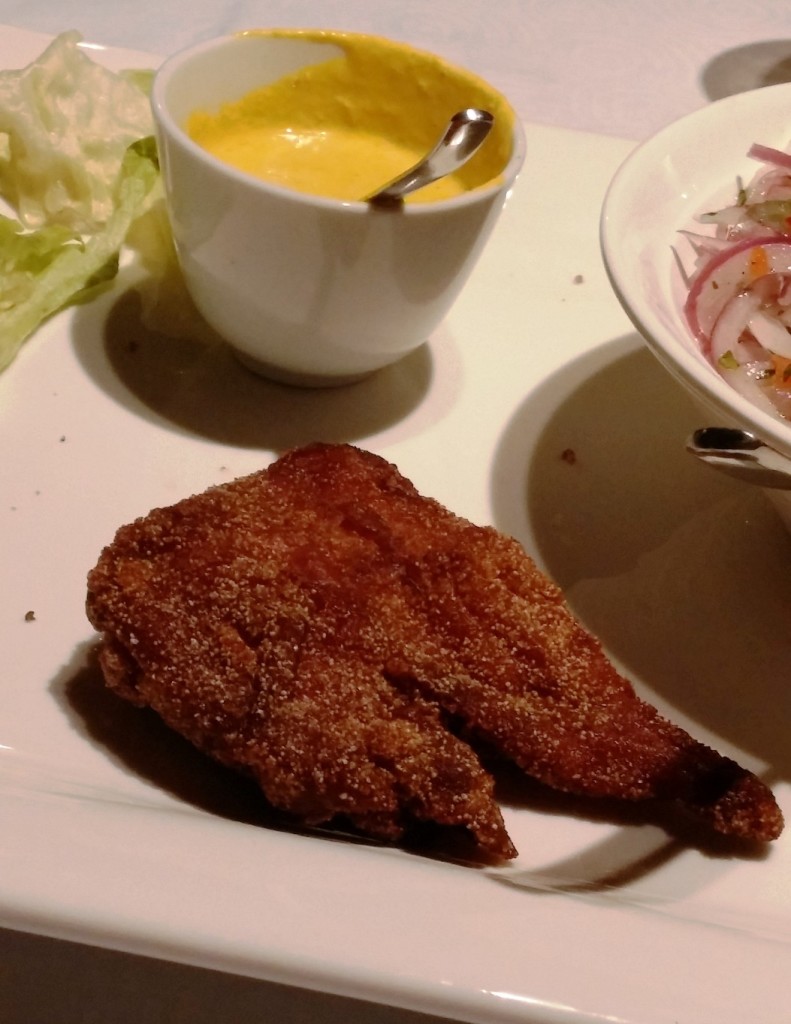

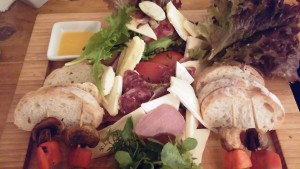
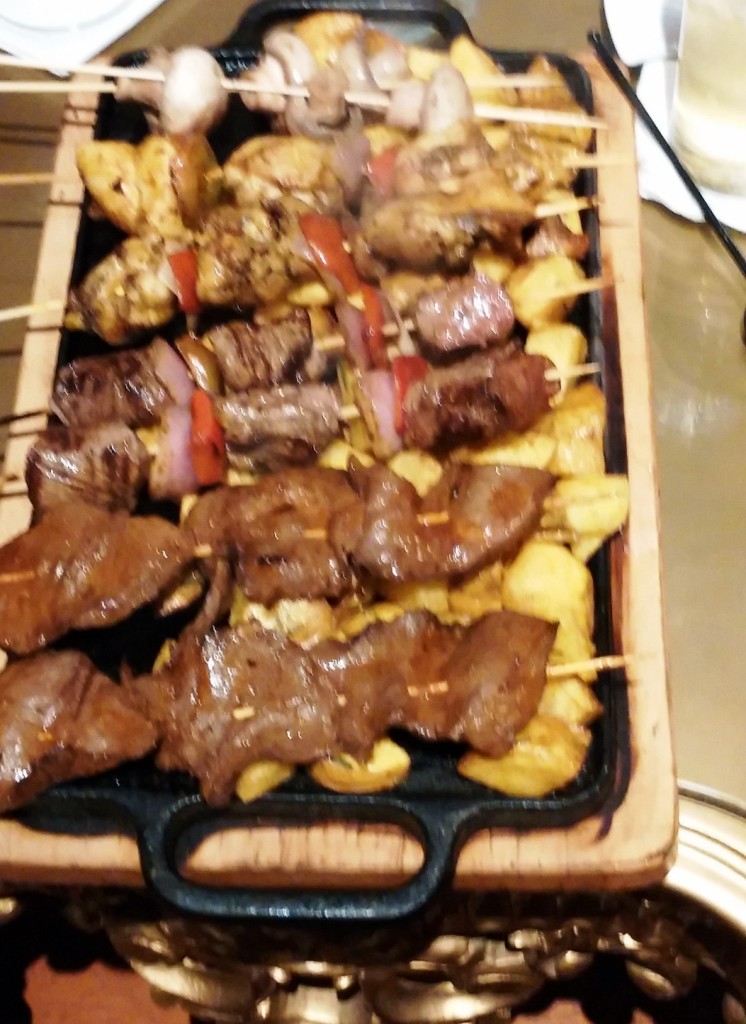
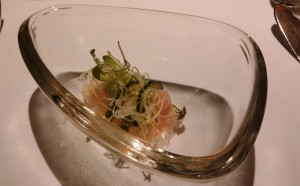

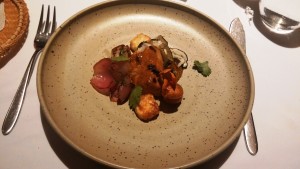

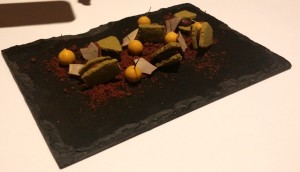
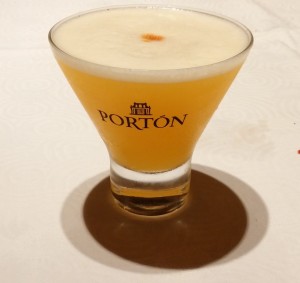

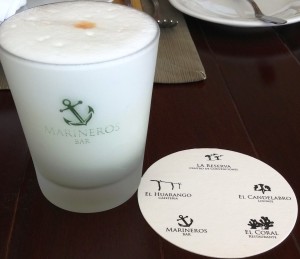

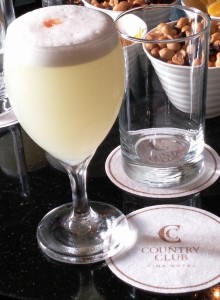

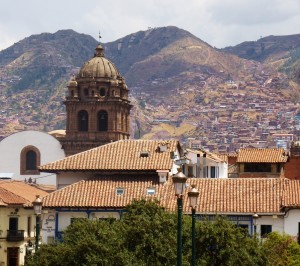
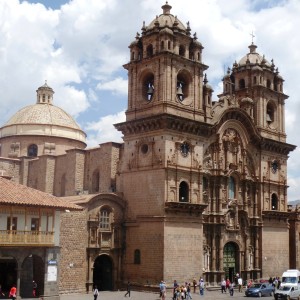
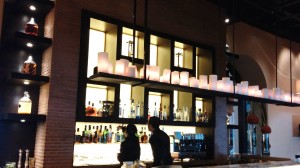
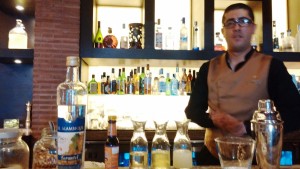
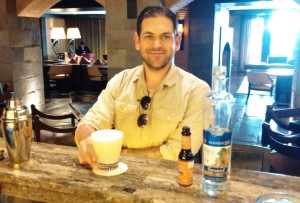
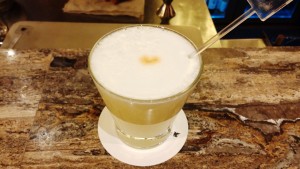

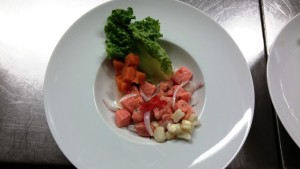
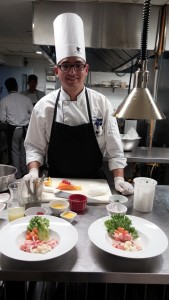
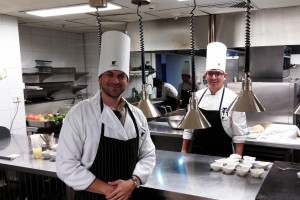

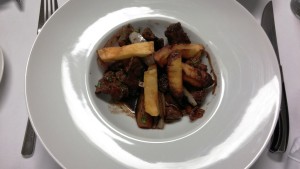
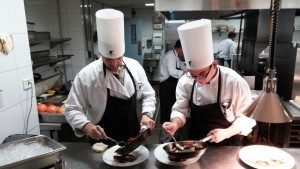
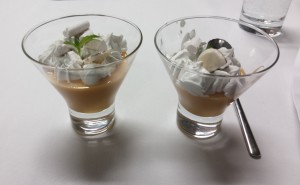
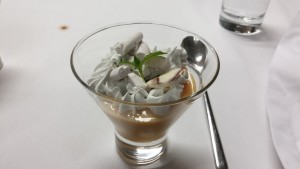

Trackbacks/Pingbacks